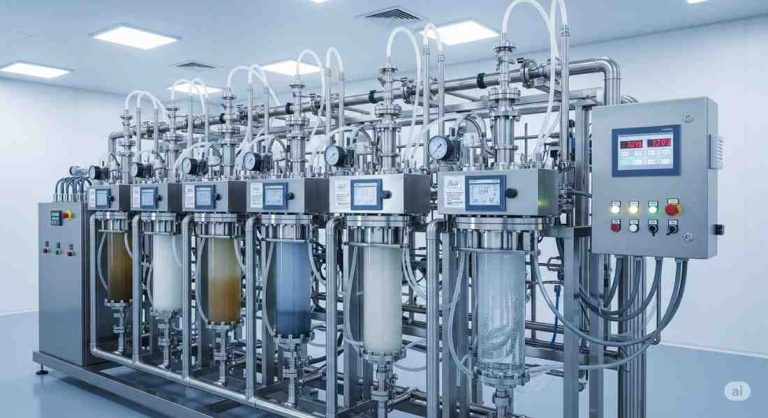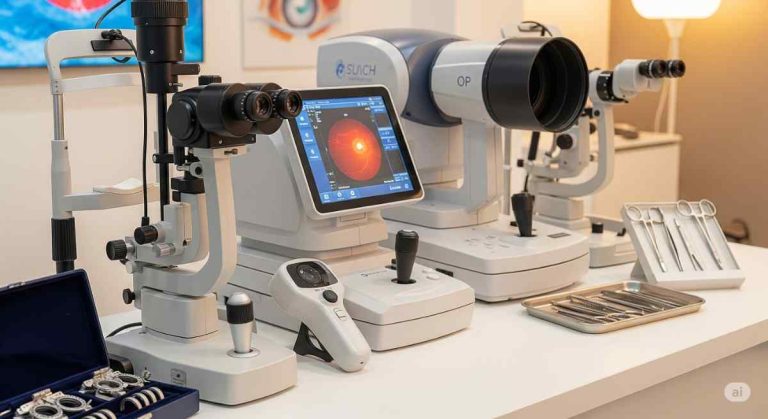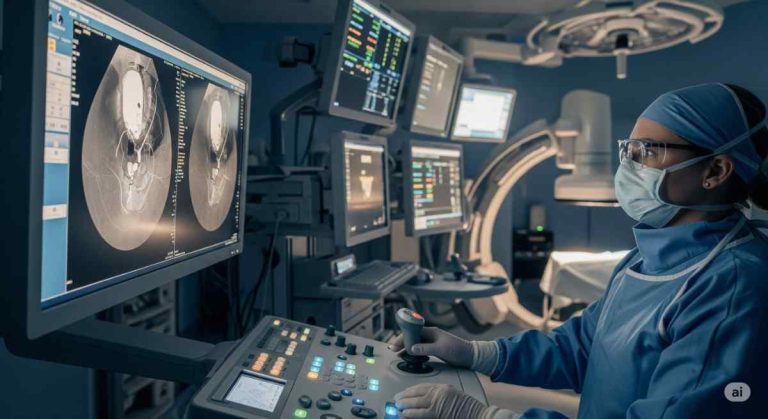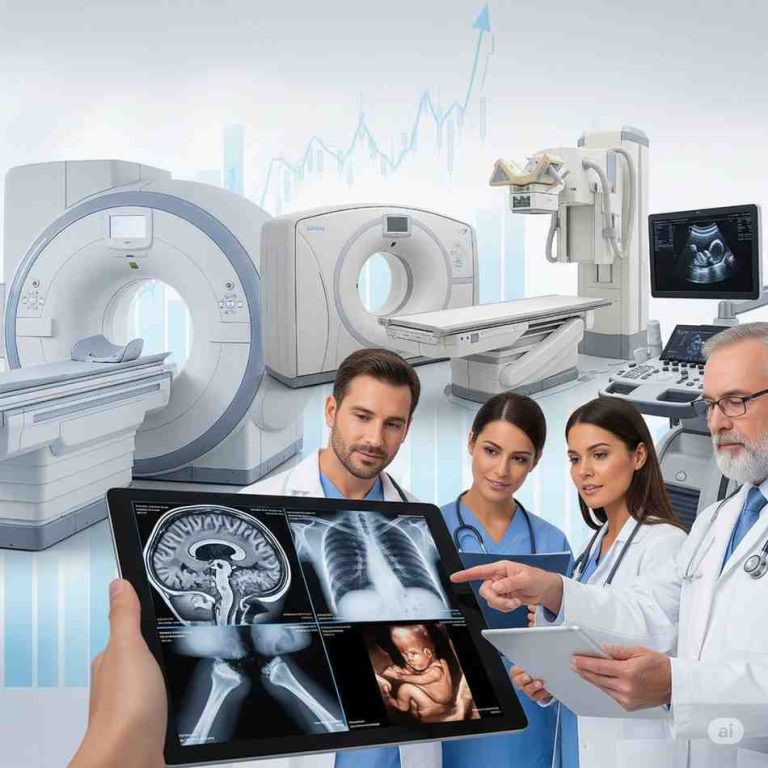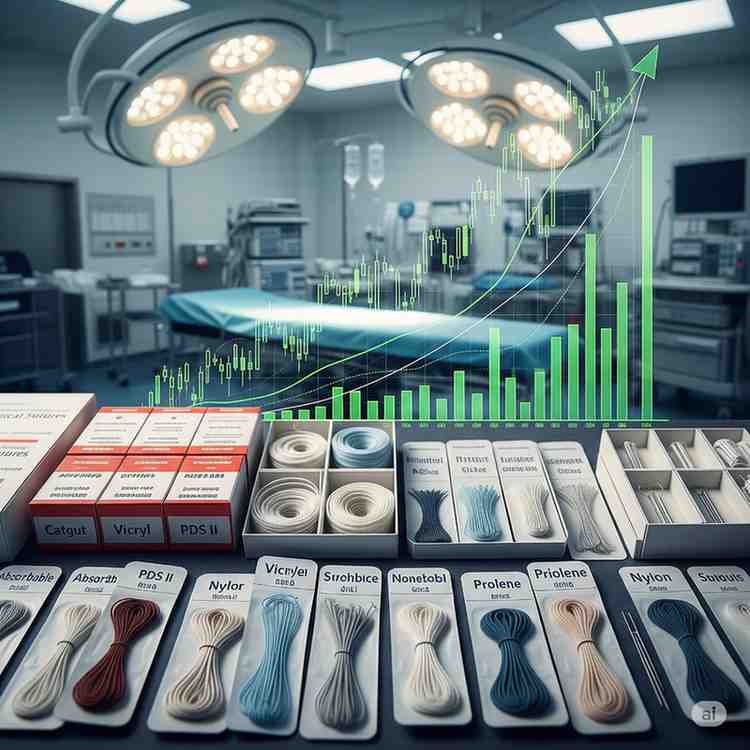
The global preclinical advanced cell models market is rapidly evolving, fueled by the increasing demand for accurate, human-relevant testing platforms in drug development. These cutting-edge models are transforming preclinical research by offering greater predictability, reducing reliance on animal testing, and accelerating the pace of innovation in healthcare.
Invest in Our Premium Strategic Solution: https://www.towardshealthcare.com/download-databook/5746
Market Overview: The Rise of Next-Gen Preclinical Tools
From 2025 to 2034, the market is expected to grow steadily, generating revenues in the hundreds of millions. This growth is being shaped by the convergence of technological advancements, ethical considerations, and a strong push toward precision medicine. Advanced in vitro models such as 3D cell cultures, organoids, and organ-on-a-chip systems are mimicking human physiology more accurately than ever, allowing researchers to predict clinical outcomes with higher confidence.
What Are Preclinical Advanced Cell Models?
These are in vitro platforms that simulate the structure and function of human tissues or organs. Used in early-phase research, they assess drug safety, efficacy, and disease mechanisms before moving to human trials. They provide a more ethical and predictive alternative to animal models, which are increasingly scrutinized for both ethical and scientific reasons.
Get All the Details in Our Solutions – Access Report Preview: https://www.towardshealthcare.com/download-sample/5746
Key Market Drivers
Rising Demand for Drug Discovery
Pharma and biotech firms are under pressure to develop targeted therapies faster and more cost-effectively. Advanced cell models allow earlier identification of effective compounds, reducing the risk of late-stage trial failures. This is a boon for companies aiming to capitalize on the precision medicine trend.
In July 2024, UNIST researchers developed a blood-brain barrier organ-on-chip model that enhances screening of BBB-penetrating drugs, proving more effective than traditional methods.
Increasing R&D Investment
Government and private sector funding are pouring into R&D. Academic institutions, pharma giants, and startups are all investing heavily in tools that increase research accuracy and efficiency.
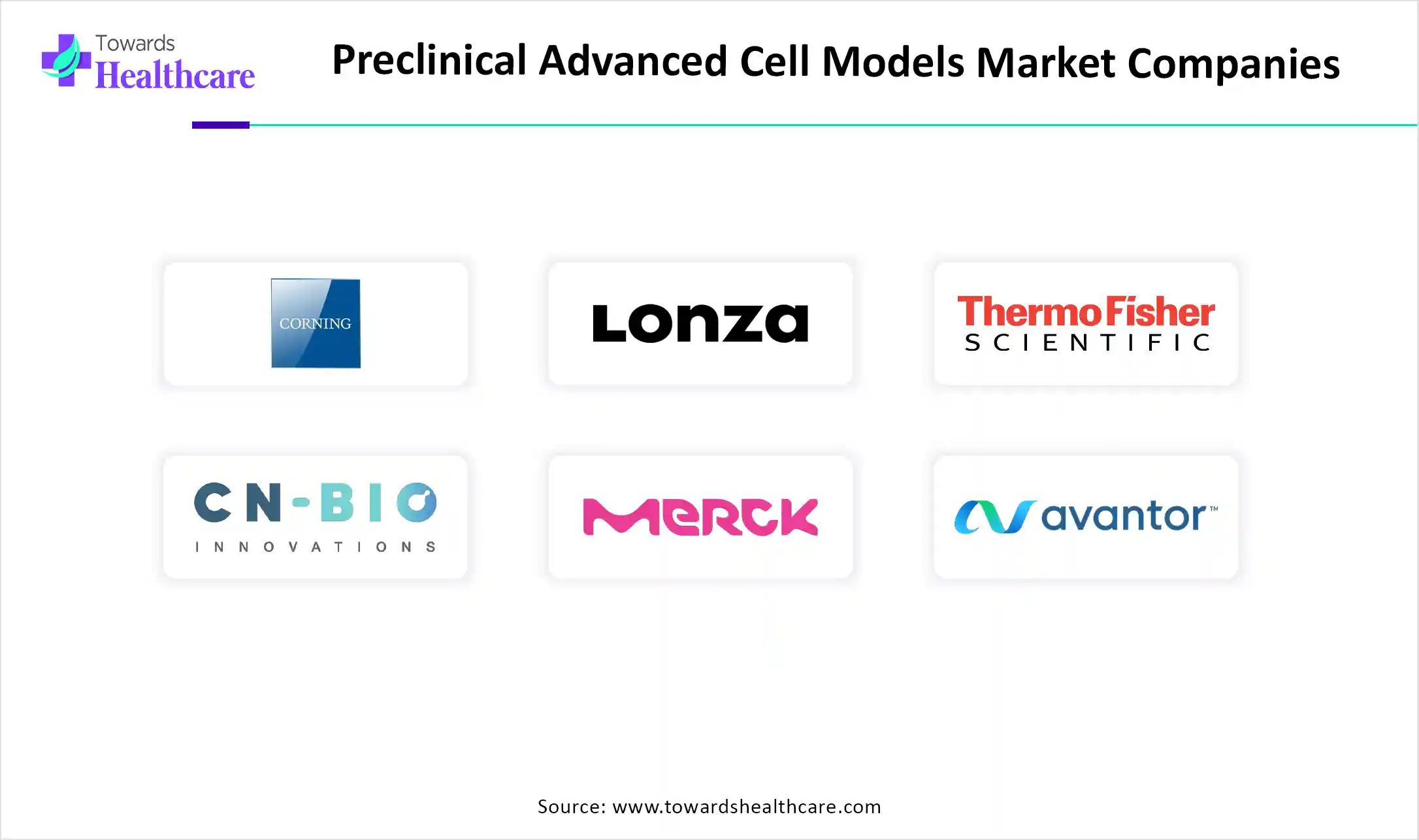
Market Trends to Watch in 2025
-
Bioprinted Tumor Models
In October 2023, Carcinotech and CELLINK collaborated to develop 3D bioprinted tumor models, enhancing cancer research precision and cost efficiency. -
Microfluidic 3D Platforms
In June 2023, MatTek Life Sciences and AIM Biotech launched microfluidic 3D tissue culture platforms, expanding capabilities in immuno-oncology and neurobiology. -
Advanced Imaging
In August 2024, Newcells Biotech introduced an imaging suite for high-resolution insights into lung, retina, and kidney models—improving drug prediction accuracy.
The Role of AI in Advancing the Market
AI is becoming a critical enabler in this space. It supports rapid analysis of complex biological datasets, enhances model accuracy, and predicts drug efficacy faster than traditional methods. AI integration reduces trial-and-error, shortens development cycles, and strengthens the reliability of preclinical outcomes.
Market Restraints
Despite its promise, the market faces some challenges:
High Technology Costs
Technologies like organ-on-chip and 3D bioprinting require expensive materials, equipment, and skilled personnel. This limits adoption, particularly in resource-constrained settings.
Emerging Opportunities
Personalized and Precision Medicine
As the industry moves toward patient-specific treatments, advanced cell models allow researchers to create disease models using individual patient cells. This helps tailor therapies and enhances treatment success rates.
In July 2024, University of Cambridge researchers used patient-derived lung cancer organoids to accurately predict responses to EGFR inhibitors—setting the stage for personalized treatment plans.
If you have any questions, please feel free to contact us at sales@towardshealthcare.com
Regional Insights: North America Leads the Way
North America, particularly the United States, continues to dominate this market due to:
-
Strong funding in clinical research
-
Established pharma and biotech ecosystems
-
Regulatory push to reduce animal testing
-
Robust AI integration and infrastructure
Top academic centers and federal initiatives are further catalyzing this region’s leadership in preclinical modeling.
Recent Industry Developments
-
In March 2024, the Organ Modelling and 3D Cell Culture conference in London brought experts together to explore innovations in organoids and microfluidics to reduce clinical trial expenses.
-
Also in March 2024, the Explore 3D Cell and Organ Modelling event gathered over 270 specialists to share advancements in tissue-on-chip platforms that enhance efficacy prediction and streamline development.
Conclusion: A Transformative Decade Ahead
The Preclinical Advanced Cell Models Market is entering a transformative phase, driven by rising demand for faster, safer, and more precise drug development. As technologies evolve and ethical standards tighten, these models will become essential tools in every stage of biomedical research.
Source : https://www.towardshealthcare.com/insights/preclinical-advanced-cell-models-market-sizing
